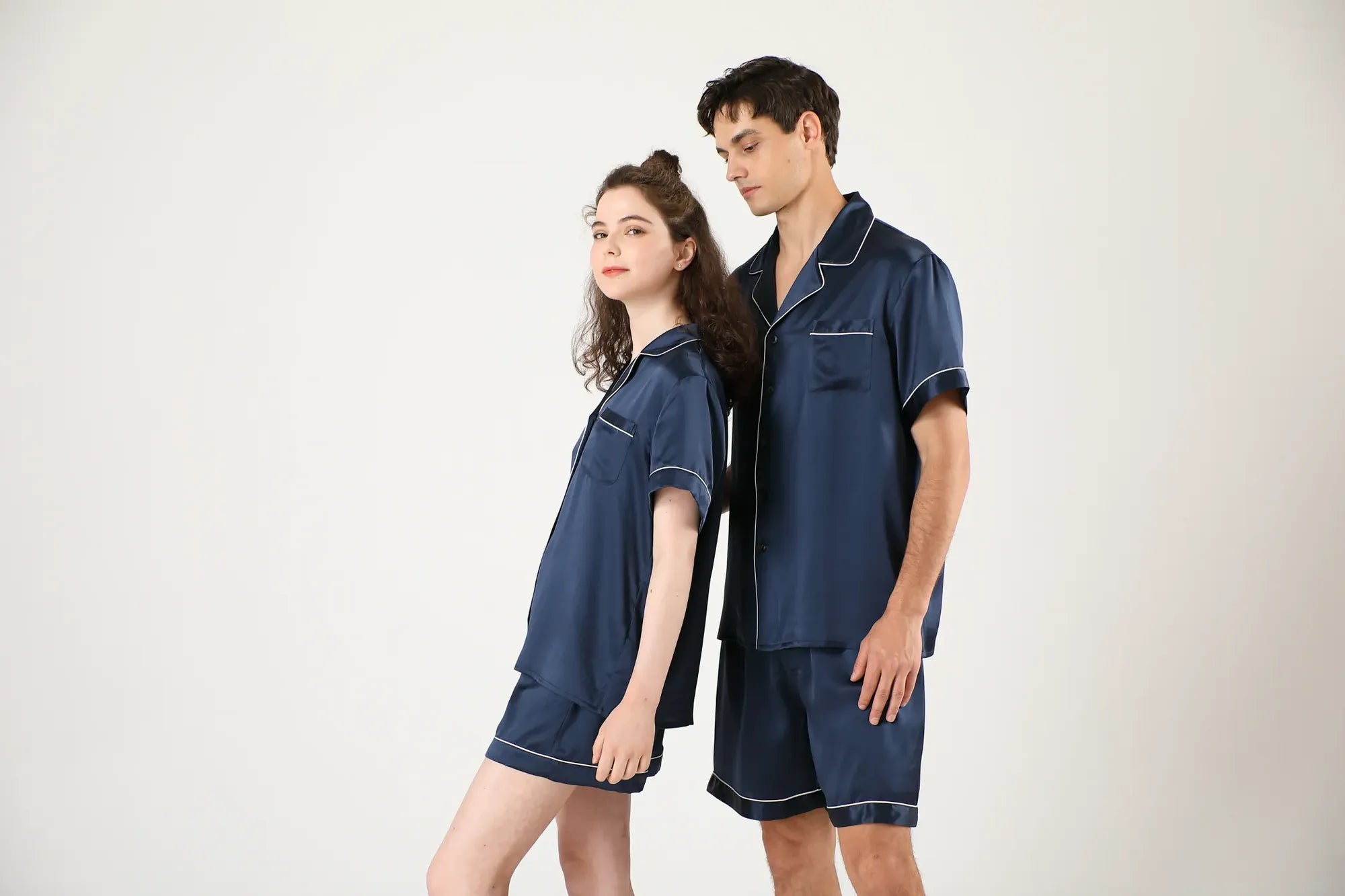Silk Scarf Price: Understanding the Factors That Influence Cost and Value
- ved wangfred
-

Why do silk scarves range from shockingly affordable to astonishingly expensive? The answer lies in a delicate interplay of materials, artistry, and market dynamics. Whether you’re a fashion enthusiast or a casual buyer, understanding what drives silk scarf prices can transform how you shop—and what you ultimately value in this timeless accessory.
The Foundation: Silk Quality and Its Impact on Price
Not all silk is created equal. The type of silk used in a scarf significantly affects its price. Mulberry silk, known for its unmatched smoothness and durability, often commands higher prices due to its labor-intensive production process. Other varieties, like tussar or habotai silk, may cost less but offer distinct textures and aesthetic appeal. The weight of the fabric, measured in momme, also plays a role—higher momme counts indicate denser weaves and greater longevity.
Craftsmanship: The Art Behind the Cost
Hand-rolled edges, hand-painted designs, and artisanal dyeing techniques elevate a silk scarf from ordinary to extraordinary. Machine-made alternatives save time and labor, reducing costs but often sacrificing individuality. For example, a scarf featuring intricate hand-block printing might take weeks to complete, justifying a premium price. Customization, such as bespoke patterns or limited-edition runs, adds another layer of exclusivity that buyers pay to acquire.
Ethical and Sustainable Practices
Increasingly, consumers are factoring ethical production into their purchasing decisions. Silk scarves made with fair-trade practices or eco-friendly dyes often carry higher price tags, reflecting the brand’s commitment to social and environmental responsibility. Certifications like OEKO-TEX or GOTS can signal adherence to stringent standards, providing transparency that justifies added costs.
Market Forces and Brand Positioning
Luxury brands leverage heritage and storytelling to justify premium pricing, even when production costs don’t drastically differ from mid-range options. Seasonal trends also influence prices, with limited collections or celebrity-endorsed designs often sparking temporary surges. Meanwhile, direct-to-consumer brands disrupt traditional pricing models by eliminating middlemen, offering high-quality silk at more accessible rates.
How to Assess Value Beyond the Price Tag
Look for tight weaves that resist snagging and vibrant color saturation that withstands washing. A well-made silk scarf should feel substantial without stiffness and drape elegantly. Test the fabric’s luminosity by holding it to light—premium silk diffuses illumination evenly. Consider versatility: a scarf that transitions effortlessly from casual outfits to formal wear offers long-term value.
When you unravel the complexities behind silk scarf pricing, you’re not just buying fabric—you’re investing in artistry, ethics, and enduring style. Armed with this knowledge, your next purchase can reflect both your aesthetic sensibilities and your commitment to quality, ensuring that every dollar spent enhances your wardrobe for years to come.












